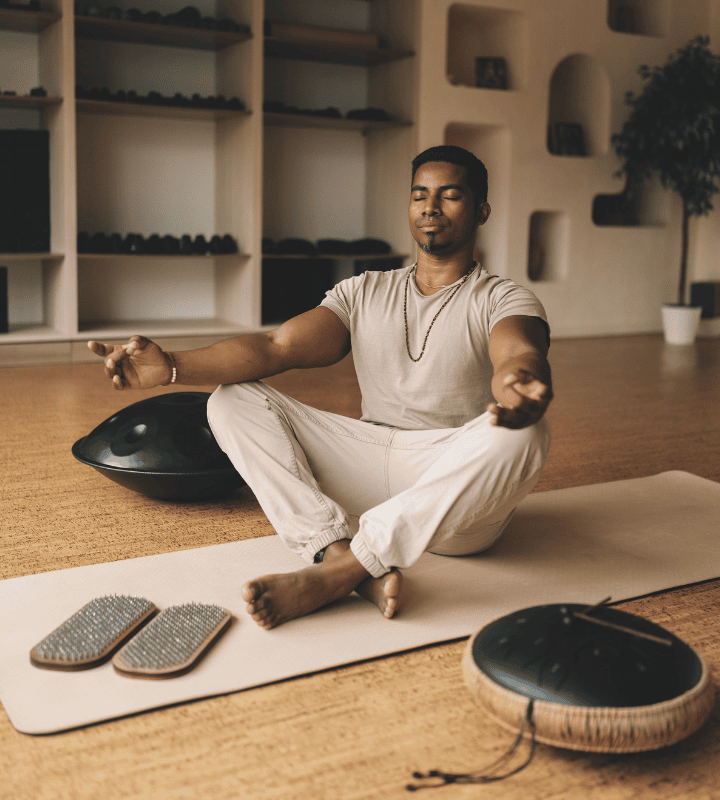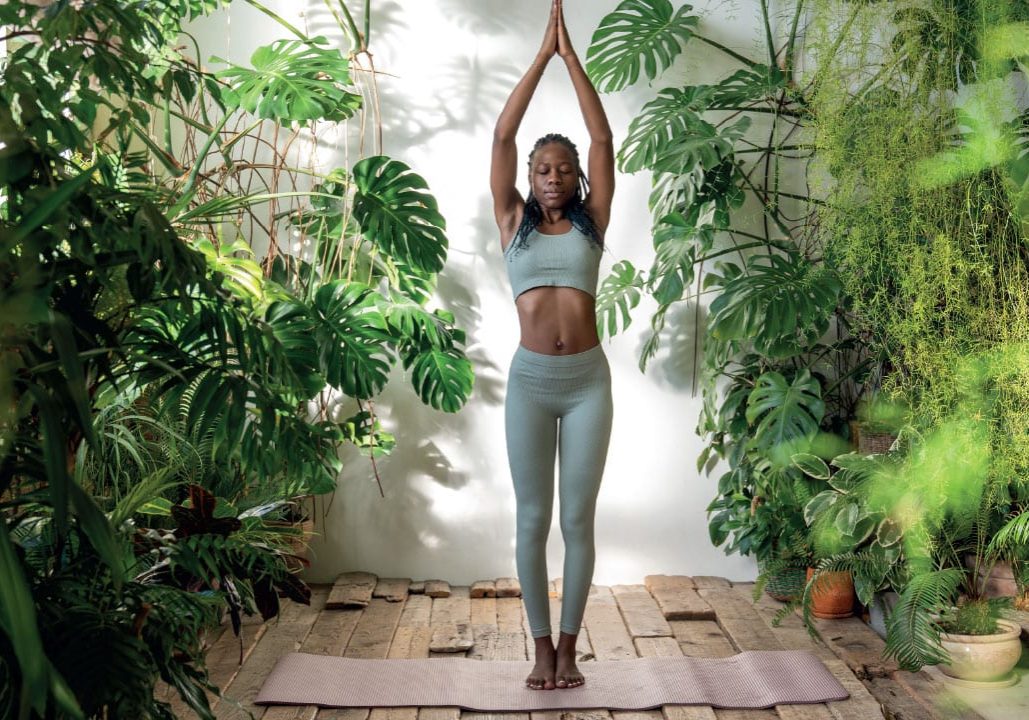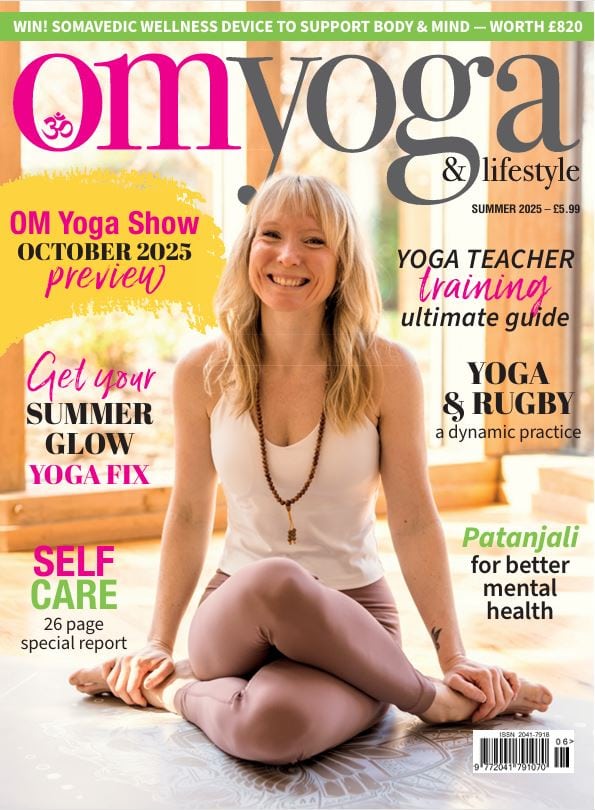What do you consider to be ‘yoga practice’? Take a moment to think about the question. Notice what comes to mind and how you identify your practice. Do you impose rules around what it needs to look like, or how long it needs to last? Does it matter where it is or who is guiding it?
Considering what our practice actually is, is useful in helping us to understand just how integrated our mind-body experience is. Is practice a sequence of movements? Pranayama or meditation? Is it reading yogic texts? Or is it mindful intention, a way of being with the experience of the self through it all?
If what we consider ‘practice’ requires an interruption to the everyday sequence of our daily lives, then we recognise the time, discipline and repetition it takes to integrate what it is we’re learning.
Maybe over years of practice we begin to recognise that certain aspects of what we consider practice, are integrated within our thoughts and actions. Perhaps our lives have taken on new meaning or direction that we can attribute to our intentions.
Whilst asana and pranayama help to guide us towards setting a structured approach to practice and to meeting the body with curiosity, it’s not until we start working with the substance of the subtle body, our prana, that we begin to shape, with discernment, the quality and direction of our lives.
It’s here, then, that practice becomes an integrated experience. Maybe it’s apparent when you’re caring for loved ones, or cooking for friends? It might be when you’re in a creative flow, stitching, knitting, painting and drawing or making music. Perhaps it’s when you’re connected to nature, whether it’s gardening and growing, hiking, running or wild swimming? And the cyclical and self sustaining nature of feedback that these things offer us. Practice becomes about being able to live well.
Ultimately, if all yoga practice is in service to our prana, then our prana, our sense of vitality, our energy and aliveness is our guide.
If our daily lives leave us with a sense of overwhelm leading to inertia, then our daily practice must be in making the adjustments in service to our prana. A 90-minute practice once a week may not be enough to strike the balance. Listening to recorded meditations daily may offer respite, but do they fundamentally challenge the ways in which we approach life? Do we practice to continue living the way we already live, or do we practice with a freedom of attachment that invites change?
Practice yoga with Lauren Bloxham online or on-retreat at: sabda.uk and on Instagram @laurenbloxham.yoga or listen to ‘The Honey Doctrine – Ancient Yoga, Modern Living’ wherever you find your podcasts.
Being in service to our subtle inner being can be incredibly challenging, especially if we aspire to luxury, to foreign holidays, new cars, updated wardrobes and skincare on subscription. There is so much about life that leads us away from ourselves, and so much about redressing the balance that can feel gut-wrenchingly unfair. An overwhelming life may need space, which requires breaking the habit of busyness in order to find it. We might find that the busyness is the thing we are attached to, the thing that offers us a sense of belonging, purpose and identity. It’s our prana that guides us towards letting go of that attachment when we begin to recognise overwhelm and exhaustion though.
In reaching, overstretching, pushing boundaries and taking on more in order to ‘be our best selves’, or to ‘up level’ our lives, we may actually be doing ourselves a fundamental disservice. And it is the subtle inner substance of prana that requires us to pay attention and discern the practice that is required.
Whilst it is a fundamental sense of lack that is the driving force in wanting and doing more, and when our lives are driving hard and fast then practice becomes a necessary refuge to prevent burn out. It’s when we allow that sense of refuge, comfort and space that we might find on the mat or on retreat to become the foundation of our everyday lives that we really begin to experience a shift.
It’s when we recognise our lives as the practice and begin to feel into our prana with every new step that we begin the work of shaping our direction. When we start to understand what feels truly and deeply nourishing for us, and what feels depleting, when we start to pay attention to the times when our soul sings, whether it’s because we feel vibrant, or that we experience a sense of synergy with what we’re engaging with, then we can begin to intentionally integrate the experience.
Ultimately, our practice is one that leads us to a sense of balance, harmony and an energetically self-sustaining way of life. And whilst this may be a long way away from the life we are currently living, this is what we are practicing for.





